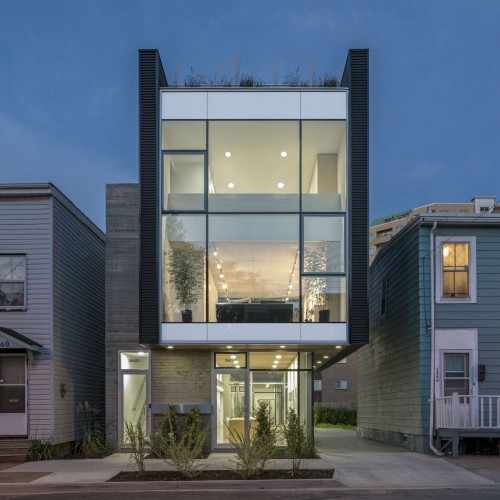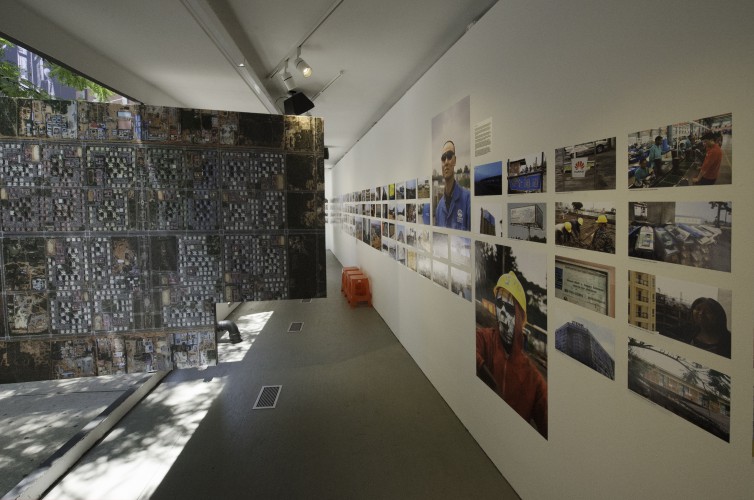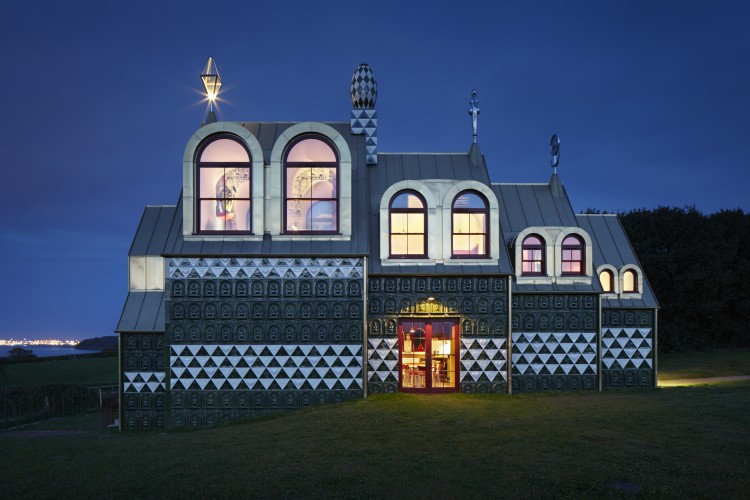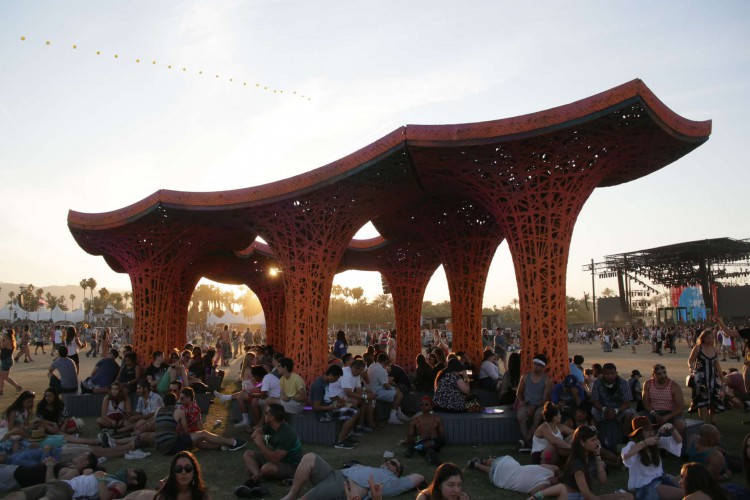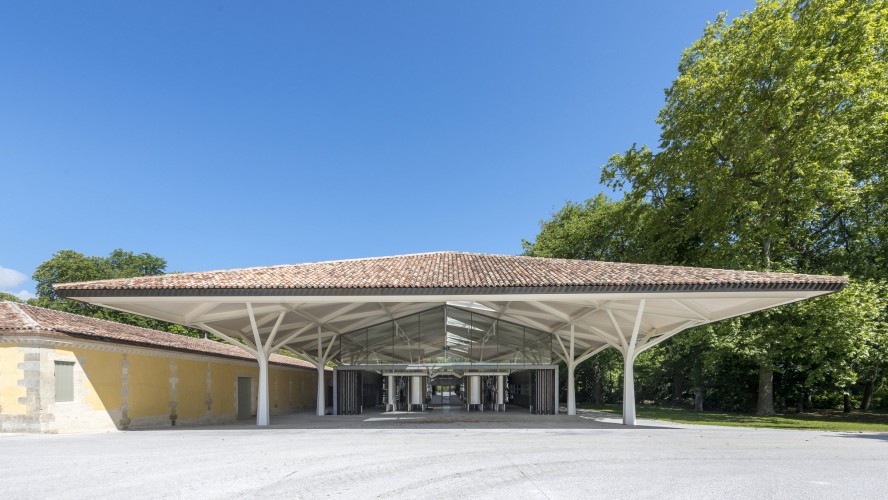My grandfather will turn 90 this August. Very thankfully, he and my grandmother have the means to support themselves at that age. However, many many many others will not be able to do the same. Any report on global populations trends (like this one or this one) will mention the growing elderly population in any developed country; the age balance of such populations are tipping towards the old as never before. Who will care for those who can’t afford senior or assisted living communities?
Architecture isn’t the sole solution but it has a part to play. For my most recent entry in my New Archetypes column—which explores small projects that contain big ideas—I explored a project that realizes one way architecture can help tackle this growing issue. Designed by Susan Fitzgerald Architecture, this Halifax home and office accommodates changes in work and personal life: when the young eventually leave, the old move in for care, a home business grows or contracts, and more. The design expertly divides its living and working areas to accept multiple configurations of living and working. Click to learn how Fitzgerald did all these things, as well as incorporate urban agriculture into the building!
Link to the Architizer Article
Top Photo: King Street Live/Work/Grow project, Photo by Greg Richardson via Architizer.
